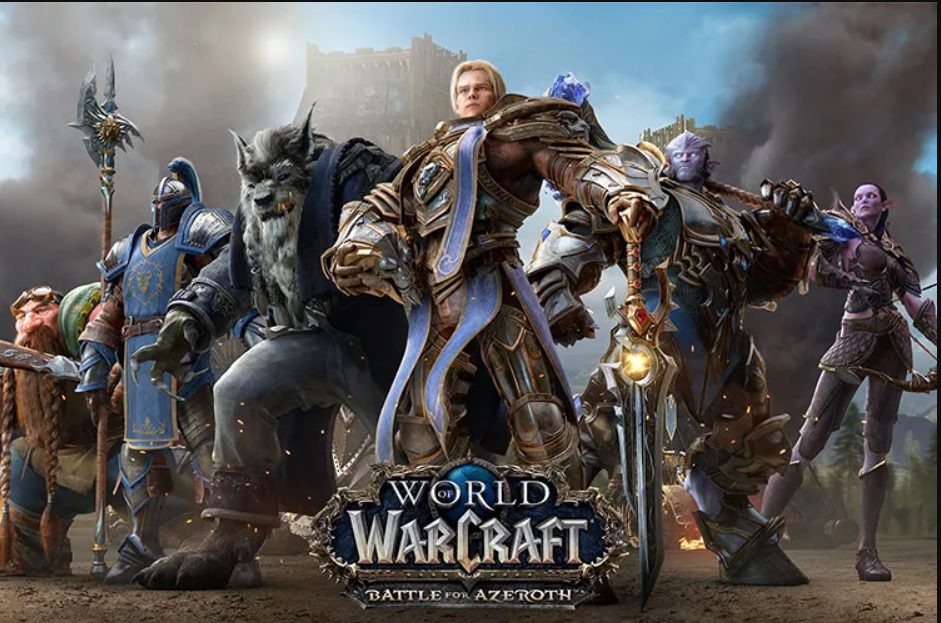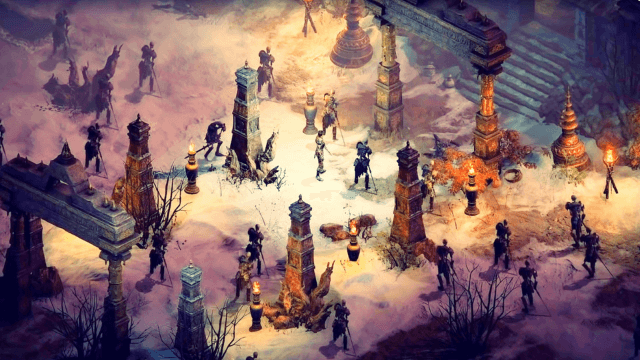The Rise of 3D Graphics in Multiplayer Universes

Relying on 3D technology, the simple flat pixelized backgrounds, and basic avatars of the characters, these games transformed into magnificent open-world experiences today. This has not only improved gameplay but also shaped and given direction to the design, scope, and community-building aspect associated with the category of MMORPGs and other games in the world of MMGs.
Early Stages: The Dawn of the 3D Graphics.
The first MMORPGs that originated in the 1990s, including the Meridian 59 (1996) and Ultima Online (1997), had simplified 3D graphics, which were almost on the edge of the technical possibilities of that time. Many of these early titles only used techniques that involved shapes and basic textures because of the visual capability of 3D graphics during this period and the type of hardware they were equipped with. However, these constraints began the trend of future games by providing playable areas and thousands of real-time players and allowing one to explore large worlds. The lack of graphics was mitigated by the kind of games and immersive environments offered, along with the layered mechanics of the games.
MMORPGs emergence and Development of better graphics
With progress in computer graphics and 3D technology, developers created new expectations concerning the further development of MMORPGs. Thus, such titles as “EverQuest,” released in 1999, and the legendary “World of Warcraft,” released in 2004, appeared to be landmarks that employed new and more intricate 3D engines to generate smooth and detailed graphics, realistic character movements, and complex lighting effects. These enhancements were critical in placing the players into alternate realities where the intents and purposes of compelling entertainment were defined by massive and persistent environments where every particle of the environment, which ranged from castles to distant mountains, helped in telling a story, which made playing such games a unique experience.
For example, MMORPGs benefited from these enhancements because the details of such worlds support social interaction, exploration, and long-term commitment to an avatar and its community. The transition from early 3D to realistic environments played a crucial role in the establishment of MMORPGs.
Technological Advancements
By the mid-2010s, the massively multiplayer game was experiencing the following new 3D rendering techniques: increased polygon, more complex shader, and better physics. With titles such as “Black Desert Online” (2014), the advancement of this aspect became apparent, especially through realistic character models, detailed environments, and even accurate, or rather dynamic, weather displays that would change depending on the situation in the game. During this era, game developers moved closer to depicting real life. This was made easier by better video cards, better processing power, and better game engines such as Unreal and Unity. Such advancements enabled proper transitioning between massive landscapes without loading and increasing players’ immersion.
Modern-Day Achievements and Beyond
The current MMORPGs, including the “Final Fantasy XIV” and “New World, have been developed to incorporate highly realistic graphics. Everything from characters to sceneries and small portions of the environment is depicted with a very high level of realism, leading to cinematographic experiences that can be compared with films. Ray tracing technology, real-time lighting, and facial animation capture have brought the bar up in terms of visuals. As for the future, it is expected that 3D graphics development in MMOGs will be determined by virtual reality, augmented reality, and cloud-based gaming, which are expected to create even more realistic, big-scale multiplayer gaming experiences.
Final Thoughts
Huge multiplayer games, regarding 3D illustrations, have continually provoked bigger changes in their improvement due to improved technologies and demands of depth, improved quality, and higher immersion techniques. Each step has brought something more to these games, evolving from humble graphical representations to rich immersive environments. Thus, with technology advancing continuously, it is logical to expect that 3D graphics in MMGs will also advance and bring new frontiers, such as virtual and augmented reality.





